How Employees Are Using AI in the Workplace
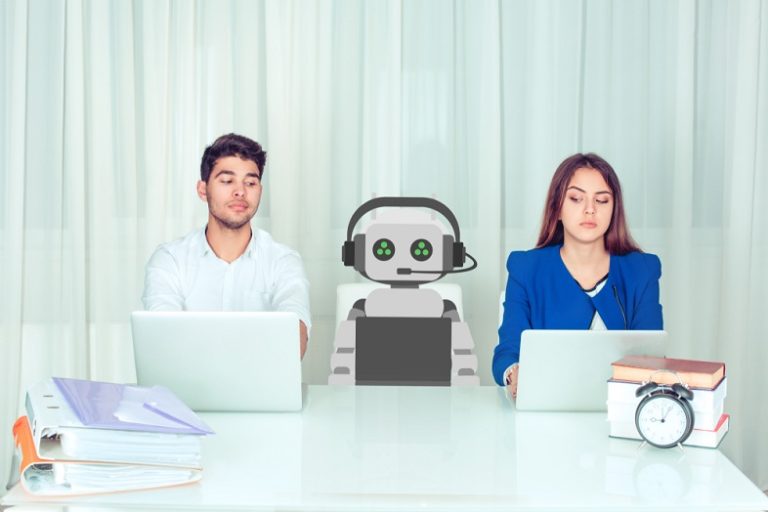
Employees are using AI in the workplace to streamline processes, enhance productivity, and improve decision-making. AI is revolutionizing the workplace by augmenting human capabilities, improving efficiency, and enabling more informed decision-making. As employees become more familiar with AI technologies, they will continue to find innovative ways to leverage them for greater Success.
Additionally, AI’s process in data analysis empowers employees to extract meaningful insights from vast datasets, informing data-driven decisions across various domains. Through personalization, AI tailors experiences for both customers and employees, fostering deeper engagement and satisfaction. Predictive analytics further empowers teams by forecasting future trends and outcomes, enabling proactive measures. To address challenges and capitalize on opportunities.
The Rise of AI
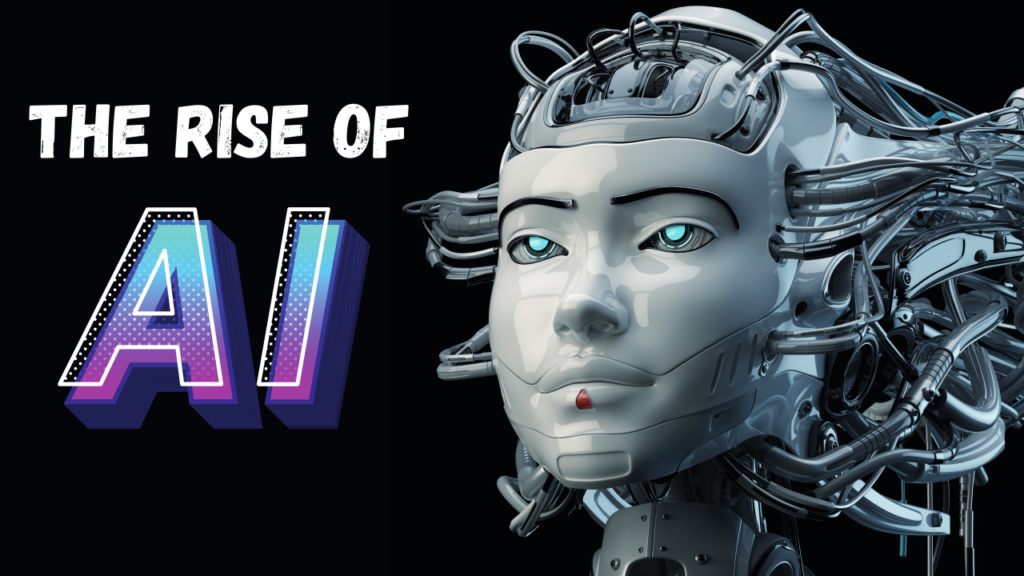
The rise of AI at work is fundamentally transforming how businesses operate and how employees carry out their tasks. With advancements in technology and the increasing availability of AI solutions. Our organizations are integrating AI into various aspects of their operations. By embracing AI technologies and developing the necessary skills, employees can leverage. AI to enhance their productivity, creativity, and job satisfaction in the modern workplace.
Automation lies at the heart of this evolution, with AI-driven systems taking on repetitive tasks across industries, liberating employees to focus on more strategic endeavors. Decision-making is augmented by AI algorithms that sift through vast datasets, offering insights and predictions to inform business strategies.
Personalization emerges as a key theme, as AI enables tailored experiences for both customers and employees, driving engagement and satisfaction. The rise of AI also necessitates skill development, with employees acquiring proficiencies in data analysis, machine learning, and human-AI collaboration.
Where is AI used in the office?
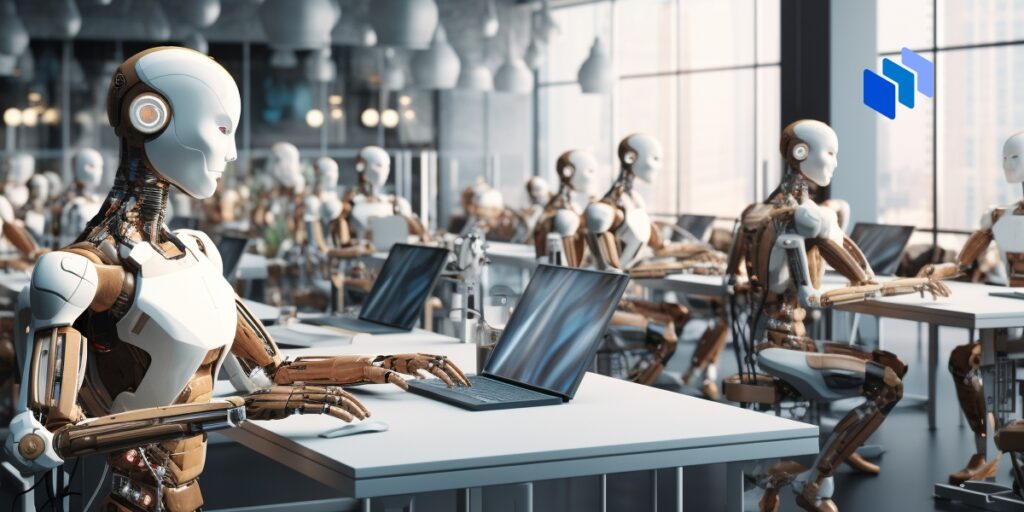
Here are some common ways where AI used in the office:
Automation:
Employees use AI-powered automation tools to streamline repetitive tasks such as data entry, document processing, and scheduling. This frees up time for more strategic and value-added activities. Automated responders, automated customer service, and smart assistants are all common use cases here. But lots more is up for grab.
Data entry, customer onboarding, payroll processing, price optimization, appointment scheduling, sales forecasting, security surveillance, and many elements of the hiring process are just some of the examples that fall under this category.
Data Analysis:
AI algorithms help employees to analyze large datasets quickly and accurately. And enabling them to extract valuable insights for decision-making. Whether it’s identifying market trends, customer preferences, or operational efficiencies, AI empowers employees with data-driven insights.
Nowadays, businesses are able to gather vast amounts of data by using AI.
However, gathering data and utilizing it effectively are two different things. Because of this, businesses are currently utilizing AI to change every stage of this procedure. To comprising the gathering, and analysis of data.
Communication, collaboration, and culture:
In the modern office environment, AI is deeply intertwined with communication, collaboration, and organizational culture. And revolutionizing the way teams interact, work together, and foster a sense of belonging.
Communication is greatly enhanced through AI tools such as chatbots and virtual assistants, which facilitate seamless exchanges of information and support.
Collaboration thrives in AI-enabled workplaces, where platforms harness machine learning algorithms. To analyze data, predict project outcomes, and allocate resources effectively.
Moreover, AI contributes to shaping organizational culture by promoting inclusivity, transparency, and innovation. By automating repetitive tasks, AI empowers employees to focus on creative endeavors, nurturing a culture of innovation and experimentation.
What is the impact of AI in the workplace?
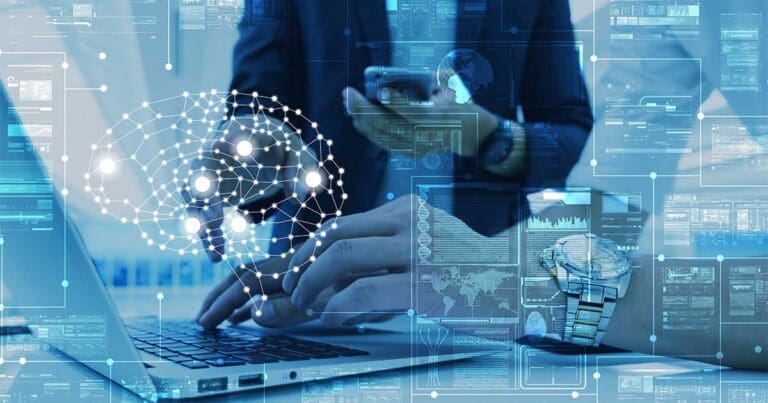
If AI is used properly in the workplace so it can lead to tangible gains (like cost savings and productivity). And it can also lead to more intangible gains. Like happier and more diverse employees, and a more employee centric culture.
As you might expect, AI tools can have a dramatic impact on productivity and improve workflows in the office. The two-thirds of business leaders in recent study found that employee productivity ‘substantially improved’ through the use of AI.
Firstly, AI streamlines operations by automating repetitive tasks, freeing up employees to focus on higher-value activities. This not only accelerates task completion but also reduces errors and operational costs.
Secondly, AI empowers data-driven decision-making by analyzing vast datasets to extract actionable insights and predictions. This enables businesses to make informed choices, optimize strategies, and stay competitive in dynamic markets.
Moreover, AI enhances customer experiences through personalization and responsiveness. By leveraging AI-powered chatbots and recommendation systems, businesses can deliver tailored services and solutions. By fostering customer satisfaction and loyalty.
Two specific workplace AI examples
Specifically, two common examples of specific AI being used in the workplace are chatbots and office sensors.

Chatbots are AI-powered virtual assistants that interact with users via text or speech, simulating human conversation. They are widely used in various industries and workplace environments for tasks ranging from customer support to internal communication.
Chatbots are programs that use natural language processing to communicate with people (usually via text). They’re often found on websites or customer service channels to answer questions and resolve common issues. Companies can also use them for order processing and tracking, lead generation, and other marketing efforts.
Chatbots are also used within organizations to provide internal support and assistance to employees. For instance, employees can use chatbots to access information about company policies, procedures, and benefits, as well as to submit requests for IT support, HR assistance, or facilities management.
The implementation of AI not only enhances efficiency by streamlining information retrieval but also significantly improves the overall user experience, embodying the seamless integration of AI in the workplace.
Office Sensors:
Office sensors are devices used to monitor and collect data on various aspects of the workplace environment. Such as occupancy, temperature, humidity, air quality, and energy usage. These sensors are typically deployed throughout the office space and connected to a centralized system or network, allowing facilities managers. And other stakeholders to monitor and analyze the data in real-time.
Office IoT (Internet of Things) sensors are also increasingly common, especially in hybrid workplaces. These are the physical devices that collect data about their use and/or the environment around them. While these devices don’t technically classify as ‘AI,’ they do rely on AI technology to process and analyze the data they collect.
Sensors have a variety of applications—many of us already use them in our homes or cars. In the workplace, they often take the form of occupancy sensors. These are motion sensors that track occupancy rates, over time, across different (and often granular) areas of the workplace.
FAQ's

What are the 4 types of AI?
While the field is still rapidly evolving, AI technology is generally grouped into one of four categories, based on how it functions:
1. Reactive AI, which only responds to real-time events, without forming memories; examples include facial recognition technology and self-driving vehicles
2. Limited memory AI, which uses past experiences and/or stored data to make decisions (and can therefore improve performance over time); examples include natural language processing and chatbots
3. Theory of mind AI, which works to understand human (or animal) mental states, emotions, beliefs, goals, and intentions, with the goal of interacting naturally with people; this is a new area with limited real-world examples
Self-aware AI, which has consciousness and understands itself, and is currently considered a theoretical concept. There are no real-world examples of self-aware AI, and it remains unclear whether it will ever be possible
What is the difference between narrow AI and general AI?
The difference between narrow AI and general AI comes down to the complexity of tasks they can complete.
Narrow AI is limited to performing specific (i.e.: narrow) tasks within a specific domain. This type of system can only perform the said task.
Meanwhile, general AI refers to the type of AI we tend to picture; these are adaptable systems designed to perform intellectual tasks. They can reason, solve problems, and learn in ways similar to humans.
What are the issues with AI in the workplace?
While AI offers numerous benefits in the workplace, it also presents several challenges and issues. One significant concern is the potential for job displacement, as AI automates routine and repetitive tasks, potentially reducing. The demand for certain roles and leading to job losses.
Additionally, the implementation of AI systems raises privacy and security concerns, as the collection and analysis of vast amounts of data can expose sensitive information to cyber threats and misuse. Another issue is the risk of bias in AI algorithms, which can lead to unfair and discriminatory outcomes. If the data used to train these systems is not representative or is biased.
What is the difference between AI and machine learning?
Machine learning (ML) is a specific subset of AI. It refers to algorithms that teach machines to learn from data. Like the name suggests, these machines are able to ‘learn,’ without having explicit programming.
AI, of course, is a broader field that incorporates ML, along with a variety of other simple and complex processes.
How can AI be used to increase efficiency in the workplace?
AI can be used to improve collaboration and workflows in the workplace. Facility managers and space planners can also use AI to create more efficient offices that support a variety of working styles. As well as to improve workplace management. AI can automate routine and time-consuming tasks such as data entry, scheduling, and document processing.
By handling these tasks, AI frees up employees to focus on more complex and strategic activities, increasing overall productivity. AI can optimize supply chain and logistics operations by predicting demand, managing inventory, and optimizing routes for delivery. These improvements lead to cost savings, reduced waste, and more efficient use of resources.



